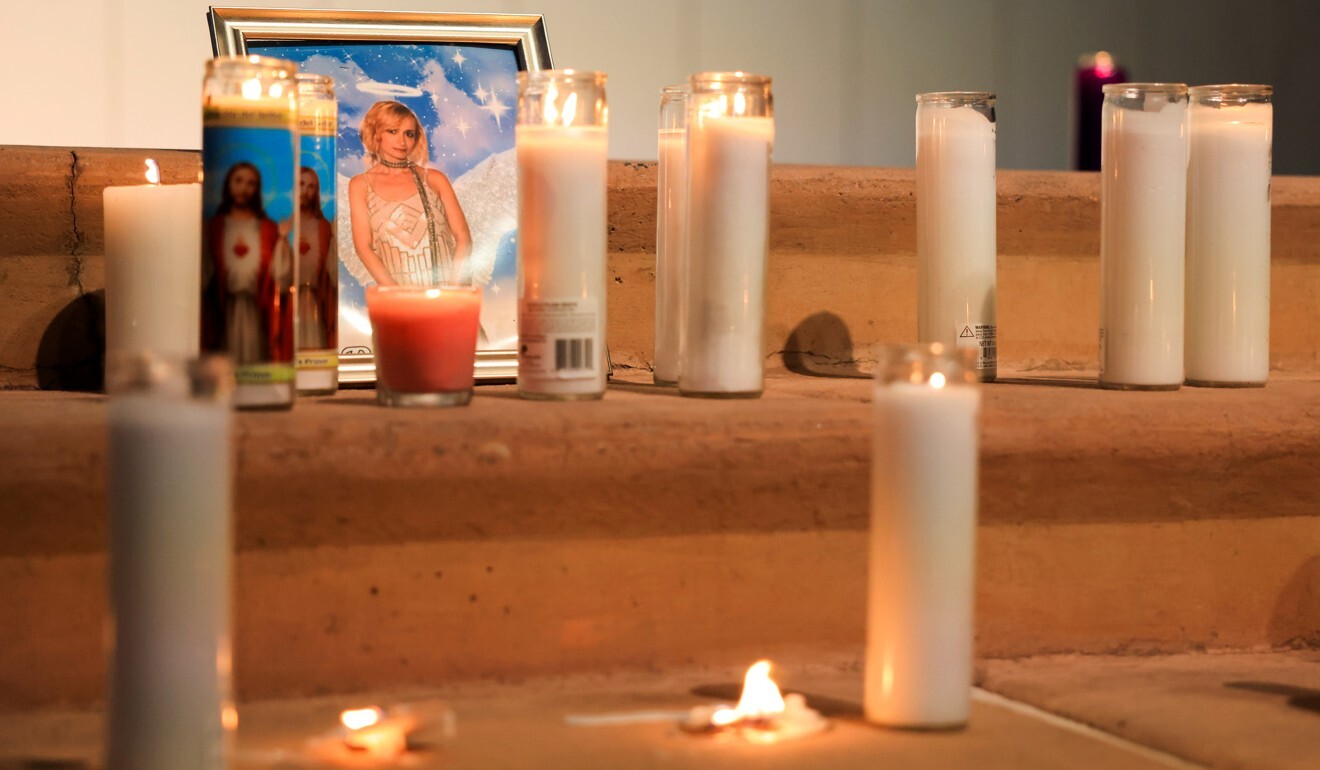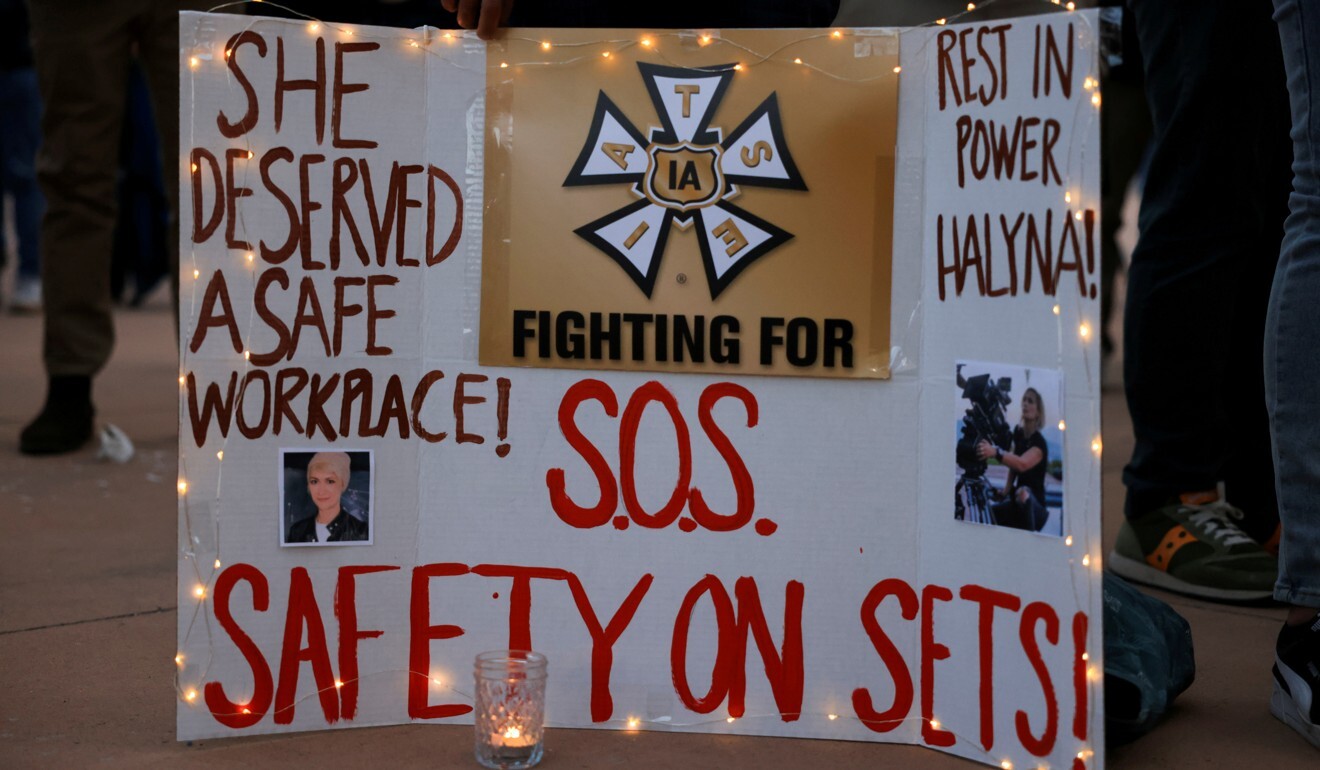What Went Wrong With the 45‑Caliber Colt on the Rust Set?
Short‑stop Summary: The Colt pistol that ended up in Alec Baldwin’s hand was never given a full safety check, leading to a tragic accident that killed cinematographer Halyna Hutchins during a rehearsal.
Two Key Players Behind the Scandal
- Santa Fe County Sheriff Adan Mendoza – Spoke from the press room on Oct 27.
- District Attorney Mary Carmack‑Altwies – Joined the briefing and later filed an affidavit.
The Cry‑Folk Behind the “Hot Rounds” Fiasco
There were whispers of a relaxed attitude toward safety on the shoot before the fatal incident. Sheriff Mendoza pointed out that everyone seemed to be taking the situation lightly, especially when the rehearsal turned deadly.
Weapons Officer Hannah Gutierrez – The “No Hot Rounds” Claim
Hannah, the crew’s gun‑man, assured investigators that she’d combed through the guns on set. According to the affidavit, she declared there were no “hot rounds.” No live ammunition, she said. But as it turns out, someone else didn’t read the notes in the same way.
Why the Miscommunication Matters
When a firearm isn’t carefully inspected, every detail counts – especially the difference between a dummy round and a live one. Unfortunately, this mix‑up became fatal.
Feelings and Fallout
The incident has shocked the entire film community. The loss of Halyna Hutchins resonates deeply, stirring a chorus of grief and a call for stricter safety protocols.
Urgent Call for Reform
With the court filing now in the spotlight, officials urge that every weapon on a set receive a full, professional check, under watchful eyes. Because one small oversight can mean the difference between a good day and a tragedy.
In Closing
This story reminds us all of the weighty responsibility that comes with a gun on a film set. Let’s make sure that next time, no “hot rounds” slip through the cracks.

Albuquerque Triggers a Tense Back‑Up
Picture this: a quiet vigil set by cryptic glow‑sticks, candles clinking like willow branches, a photo of Halyna Hutchins flanked by flickering flames, all under the wide‑open New Mexico sky. The scene’s still, the loss heavy, and the story—charged with twists—is walking the beat like a low‑key thriller.
“I Wish I’d Double‑Checked” – The Assistant Director’s Confession
- Dave Halls, the film’s go‑to A‑director, admits in a sworn affidavit he could’ve done a quick weapons check before passing the gun to Ryan Baldwin.
- According to the doc, Halls was handing Baldwin what he thought was a “cold” or safe gun—an ironic twist for something that ended up humming.
Safety on a Set? An Unlikely Buddy System
Halls allegedly pulled the “cold” from a cart staffed by Maya Gutierrez, a job title that sounds fancy (armourer on a film crew). Gutierrez told authorities that ammunition was not on set during a lunch break, sparking questions about why the gun—sealed in a white truck safe—ended up where it did.
“No Live Ammo on Film Sets” – Gutierrez Breaks It Down
Gutierrez said only a handful of crew had the combination to that safe, so the chance of a stray bullet is now under the spotlight.
Search Mechanics: The White Trailer, the FBI
- The truck was searched last Wednesday, clearing a gray suitcase of more than 600 clues.
- Investigators recovered 3 firearms, 500 rounds (some live), and a roster of clothes—some of them possibly worn by the ones in trouble.
- A few items are headed to an FBI crime lab for analysis.
Same Bullet, Two Victims – The Shocking Twist
Reports say the coveted bullet that hurt director Joel Souza bounced straight into the ribs of Halyna Hutchins. The Italian‑made Pietta Long Colt revolver, the weapon in question, shouldered its killing intent the way a thumbtack does in a messy blueprint.
And while the case’s crunch is still coming, authorities keep an open mind: “All options are on the table… No one has been ruled out at this point,” spokesperson Maria Carmack‑Altwies says. That’s the equal‑opportunity warning the industry has been asking for—phthe wrong shot can turn tragedy into investigation.
Wrap‑Up: What We Know
- Interviewed crew points to oversight and lack of safety checks.
- Gun secured but gun secured with a tragic twist.
- Investigation’s a heavy lift—survivor Souza, a bullet, and a stolen morning that had no live ammo in the first place.
In the end, the rumbling need for rules on set firearms is louder than the silence at the candle‑lit vigil. The film world holds its breath, hoping a brutal lesson drives change, not tragedy.

Hollywood’s Wake‑Up Call: The Tragic Tale of Halyna Hutchins
In a quiet ridge outside Albuquerque, a bright yellow banner screaming “Workplace Safety” floated over a stage where an untimely tragedy had unfolded. The banner was a quiet reminder that the movie world—once a place of endless coffee breaks and on‑set theatrics—has to reckon with the very real dangers lurking behind the camera.
Quick‑Take of the Inciting Incident
- Co‑producer Clint Baldwin was brandishing a real revolver during a rehearsal when the gun accidentally fired.
- The shot struck Halyna Hutchins, the talented cinematographer on the set of Rust, who was on the film crew in Santa Fe’s Bonanza Creek Ranch.
- There’s no video footage, but court filings detail that the weapon “flew” across Baldwin’s body and landed on the set in a flash.
Why the Industry Is Shaking
After the strike, camera crew members walked off the set—and the protests didn’t end there. Hollywood’s machinery, especially low‑budget productions, has been grappling with a mix of siloed safety protocols and a culture that sometimes feels “we’ve taken enough risks, it’s fine.”
Key Points from the Sheriff’s Take‑away
- “The record in recent years has been safe, but here there was a hint of complacency.”
- “We need tighter safety rules—perhaps even a ban on certain prop guns—and the State of New Mexico has to jump in.”
What’s Next for “Rust”?
Producers are collaborating with the law firm Jenner & Block to dig up every detail. They’ve sent a stern letter to everyone on the crew, giving the attorneys “full discretion” on who to interview and how they can protect the story.
Takeaways for Future Sets
- Never use live firearms on a set unless every inch of safety gear, training, and emergency plan is double‑checked.
- Talk openly—if a crew feels unsafe, they should speak up before the next rehearsal.
- Manufacturers, studios, and state rule‑makers must combine forces to keep sets safer than ever before.
As the dust settles over Albuquerque, the film community is left with a bittersweet lesson: the bright lights of Hollywood illuminate not just the actors but also the moments when we must pause, protect, and re‑imagine how we balance art with human safety.




